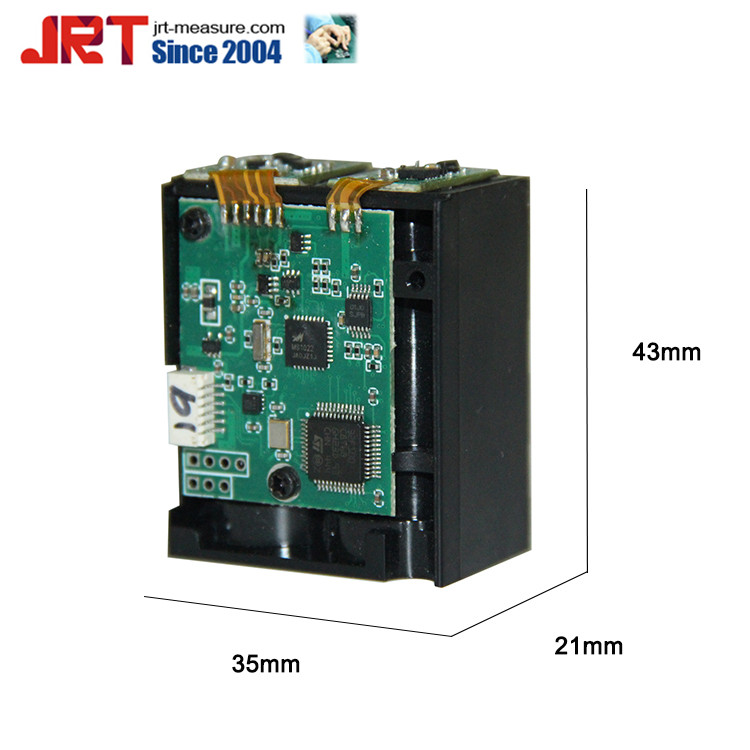"I don't know enough, then I can reflexively; I know how to be sleepy, and then I can be self-reliant." Gu Wen advised the world to constantly reflect on it, knowing the shortcomings and difficulties, and then working hard to improve themselves. Under the favorable policy environment of the current state vigorously advocating the development and application of domestic medical devices, what difficulties and key points does China's medical device industry face?
Distance between desire and reality
China Medical Equipment Association Meng Jianguo said that in recent years, China's medical device market has grown at an average annual rate of over 20%. In 2013, there were more than 15,000 medical device manufacturers in the country, and the sales revenue of enterprises above designated size reached 328.7 billion yuan. In general, China's medical device industry is developing rapidly, but in the field of high-end large-scale medical equipment , there is still a certain distance from abroad.
It is worth noting that the “Opinions on Promoting the Development of Health Service Industry†issued by the State Council in 2013 proposes that by 2020, a health service system covering the whole life cycle, rich in content and reasonable structure will be established, and a number of well-known brands will be built. With a virtuous circle of health service industry clusters, the total size of the health service industry has reached more than 8 trillion yuan.
Among these 8 trillion yuan, medical devices may account for about 1 trillion yuan. In other words, by then, the output value of medical equipment in China will quadruple on the basis of the existing more than 200 billion yuan. Under this development situation, how to reshape the structure, strengthen cooperation, and achieve a win-win situation is an issue that needs to be studied.
Associate Professor Jiang Haihong of Shanghai Health Medical College analyzed that China has established many incentive mechanisms to promote the use of domestic medical devices. The trend of the policy is good, but the reality is still far from the policy aspiration. It should be noted that in the past two years, many medical equipment with low technical content have been localized, but the localization of high-end medical equipment is limited, and many core intellectual property technologies are in the hands of foreign companies. Under the guidance and support of the government and financial funds, it is estimated that public hospitals have little problem in promoting the use of domestically produced equipment, but private hospitals will not purchase domestically produced medical equipment. This means that there is still a long way to go before the promotion and use of domestic medical devices in some hospitals.
Insufficient key technologies
Among the several favorable policies and measures, the selection of excellent domestic medical equipment launched since 2013 has received wide attention in the industry. It is understood that in the past two years, the selection of ultrasound equipment, automatic biochemical analyzers, CT machines, magnetic resonance instruments, etc., which have a wide coverage, large dosage, a certain market share, and a significant effect on reducing medical costs, have been carried out. At the bottom of the survey and selection, two batches of excellent product catalogues have been published so far. In the selection criteria, equipment technical parameters accounted for 60%, corporate situation accounted for 20%, and expert evaluation accounted for 20%. By selecting the opinions of the users, the appraisers examined the funds and R&D capabilities of the company and found some common problems.
To sum up, the process and materials are two major problems that plague the industry. Without possession of key technologies, it is not a domestic medical device with independent intellectual property rights. Meng Jianguo told reporters that the selection work found that the ball tubes used in domestic CT machines are mostly imported components; domestic DR flat panel detectors have fewer manufacturers and technologies to be improved; domestic ultrasonic equipment enterprises do not need to be in more than 64 channels. Achieve technological breakthroughs; the precision and basic material level of the automatic biochemical analyzer manipulator needs to be further improved.
The development of medical devices requires close integration between hospitals and enterprises. However, many R&D personnel are only designing in the laboratory. The R&D personnel are not very familiar with the products that the hospital urgently needs. The practice of foreign companies is to build a research and development center around the hospital, often to the hospital to understand which products need to be developed or improved. At present, China urgently needs to establish a medical device demonstration application base to promote the linkage between enterprises and hospitals.
1000Hz High Frequency LiDAR System
JRT High Frequency Range LiDAR Sensor is 2021 new product, that's a low-cost tof sensor but High frequency (up to 1000Hz). With 5cm high accuracy, the LiDAR Module can measure 80m.
Why the 1000Hz High Frequency LiDAR System:
* Widely used in many industrial automation system, like, UAV, delivery van, anti-lock break system, construction automation,intelligent toy robots etc.
* Small size: 43*35*21mm, can be easily integrated
* Invisible laser design: the laser type is 905nm,Class I
* High Frequency: 1000hz/1khz
* Low power design

Chengdu JRT Main Ranging Modules: Industrial Laser Distance Sensor, Laser Distance Meter Module, Tof LiDAR Sensor.
lidar sensor,tof sensor,lidar system
Chengdu JRT Meter Technology Co., Ltd , https://www.rangingsensor.com